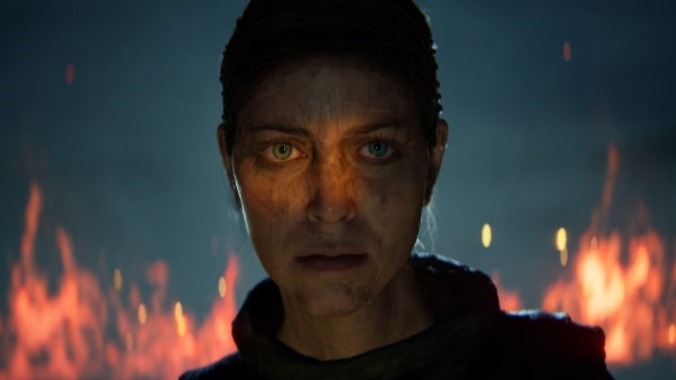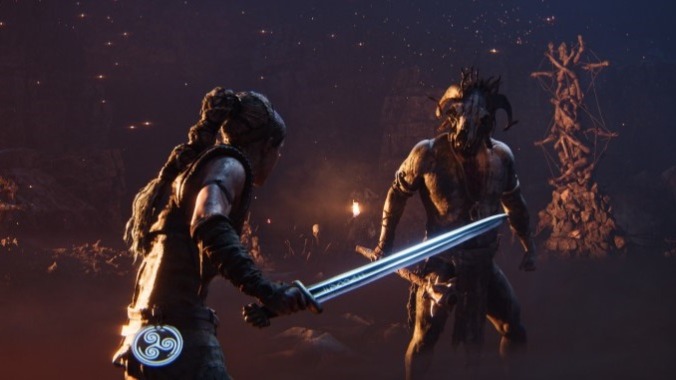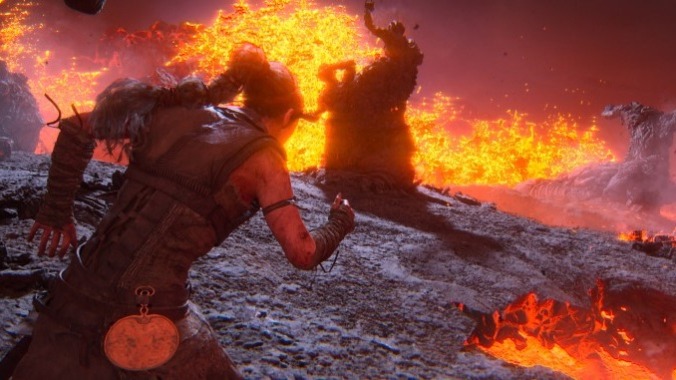Senua’s Saga: Hellblade II Is a Respectable Vision with Dull Execution

Senua hears voices. The Pict from Orkney who journeyed to Hell and back in Hellblade: Senua’s Sacrifice still deals with psychosis, which Senua’s Saga: Hellblade II once again depicts as a constant conversation between multiple whispers in Senua’s head. They remark on the plot, vocalize Senua’s anxiety and confidence, react to the undead flesheaters she occasionally has to fight through, and keep a running commentary throughout the game. Hellblade has been praised for the tastefulness and accuracy of how it shows psychosis (although Paste BFF Dia Lacina compared it to being pandered to and used in a piece at Polygon), and its developers at Ninja Theory have clearly worked hard to explore the topic with some degree of sensitivity. Their method is commendable; it’s also really irritating. And that’s kind of important when you have to sit with it for several hours.
Ninja Theory is admirably committed to its art, but those unrelenting voices make it hard to play Senua’s Saga in anything but short stretches. They’re an ASMR chorus of self-doubt and recrimination that might put the player into Senua’s mindspace, but also helps make Hellblade II dull and repetitive. These solemn, British-accented voices circle around each other, often saying the same thing with different words or intonations, in fragments and aposeopesis, and questioning each other and Senua, and although it might be an illuminating look at how people live with auditory hallucinations, it’s also insufferable in a videogame. While playing it I felt like how I assume critics of the great band Life Without Buildings (like Senua, also Scots) must feel when they complain about Sue Tompkins’ fragmented, recursive lyrical approach; here, though, it’s like six voices instead of one, and they all sound like they’re sneaking up on you and trying to creep you out, and they don’t have a white-hot post-punk trio backing them up.

If these voices were less insistent, perhaps I could move past them. But even then, Hellblade II is rather barebones as a game. It alternates between four basic scenarios: long, slow strolls where other characters struggle to be heard over Senua’s voices, as the camera swoops over impressively rendered Icelandic vistas; environmental puzzles that mostly consist of phasing between a few different layers of reality while looking for runes hidden in the world around you; repetitive, parry-based sword fights that feel like a reluctant sop to those expecting an action game; and multi-part cinematic set pieces where Senua confronts and defeats a series of giants, often by running from one piece of conveniently placed cover to another while getting closer and closer to the behemoth at the center.
